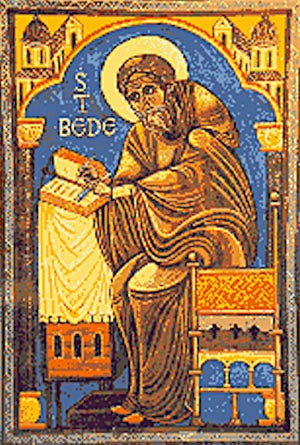From indisputable facts such as these it is evident that philosophy emerged from the religious Mysteries of antiquity, not being separated from religion until after the decay of the Mysteries. Hence he who would fathom the depths of philosophic thought must familiarize himself with the teachings of those initiated priests designated as the first custodians of divine revelation. The Mysteries claimed to be the guardians of a transcendental knowledge so profound as to be incomprehensible save to the most exalted intellect and so potent as to be revealed with safety only to those in whom personal ambition was dead and who had consecrated their lives to the unselfish service of humanity. Both the dignity of these sacred institutions and the validity of their claim to possession of Universal Wisdom are attested by the most illustrious philosophers of antiquity, who were themselves initiated into the profundities of the secret doctrine and who bore witness to its efficacy.
The question may legitimately be propounded: If these ancient mystical institutions were of such “great pith and moment,” why is so little information now available concerning them and the arcana they claimed to possess? The answer is simple enough: The Mysteries were secret societies, binding their initiates to inviolable secrecy, and avenging with death the betrayal of their sacred trusts. Although these schools were the true inspiration of the various doctrines promulgated by the ancient philosophers, the fountainhead of those doctrines was never revealed to the profane. Furthermore, in the lapse of time the teachings became so inextricably linked with the names of their disseminators that the actual but recondite source–the Mysteries–came to be wholly ignored.
Symbolism is the language of the Mysteries; in fact it is the language not only of mysticism and philosophy but of all Nature, for every law and power active in universal procedure is manifested to the limited sense perceptions of man through the medium of symbol. Every form existing in the diversified sphere of being is symbolic of the divine activity by which it is produced. By symbols men have ever sought to communicate to each other those thoughts which transcend the limitations of language. Rejecting man-conceived dialects as inadequate and unworthy to perpetuate divine ideas, the Mysteries thus chose symbolism as a far more ingenious and ideal method of preserving their transcendental knowledge. In a single figure a symbol may both reveal and conceal, for to the wise the subject of the symbol is obvious, while to the ignorant the figure remains inscrutable. Hence, he who seeks to unveil the secret doctrine of antiquity must search for that doctrine not upon the open pages of books which might fall into the hands of the unworthy but in the place where it was originally concealed.
Far-sighted were the initiates of antiquity. They realized that nations come and go, that empires rise and fall, and that the golden ages of art, science, and idealism are succeeded by the dark ages of superstition. With the needs of posterity foremost in mind, the sages of old went to inconceivable extremes to make certain that their knowledge should be preserved. They engraved it upon the face of mountains and concealed it within the measurements of colossal images, each of which was a geometric marvel. Their knowledge of chemistry and mathematics they hid within mythologies which the ignorant would perpetuate, or in the spans and arches of their temples which time has not entirely obliterated. They wrote in characters that neither the vandalism of men nor the ruthlessness of the elements could completely efface, Today men gaze with awe and reverence upon the mighty Memnons standing alone on the sands of Egypt, or upon the strange terraced pyramids of Palanque. Mute testimonies these are of the lost arts and sciences of antiquity; and concealed this wisdom must remain until this race has learned to read the universal language–SYMBOLISM.
The book to which this is the introduction is dedicated to the proposition that concealed within the emblematic figures, allegories, and rituals of the ancients is a secret doctrine concerning the inner mysteries of life, which doctrine has been preserved in totoamong a small band of initiated minds since the beginning of the world. Departing, these illumined philosophers left their formulæ that others, too, might attain to understanding. But, lest these secret processes fall into uncultured hands and be perverted, the Great Arcanum was always concealed in symbol or allegory; and those who can today discover its lost keys may open with them a treasure house of philosophic, scientific, and religious truths.
THE ORPHIC EGG.
From Bryant’s An Analysis of Ancient Mythology. The ancient symbol of the Orphic Mysteries was the serpent-entwined egg, which signified Cosmos as encircled by the fiery Creative Spirit. The egg also represents the soul of the philosopher; the serpent, the Mysteries. At the time of initiation the shell is broke. and man emerges from the embryonic state of physical existence wherein he had remained through the fetal period of philosophic regeneration.

Moe is the founder of GnosticWarrior.com. He is a father, husband, author, martial arts black belt, and an expert in Gnosticism, the occult, and esotericism.



